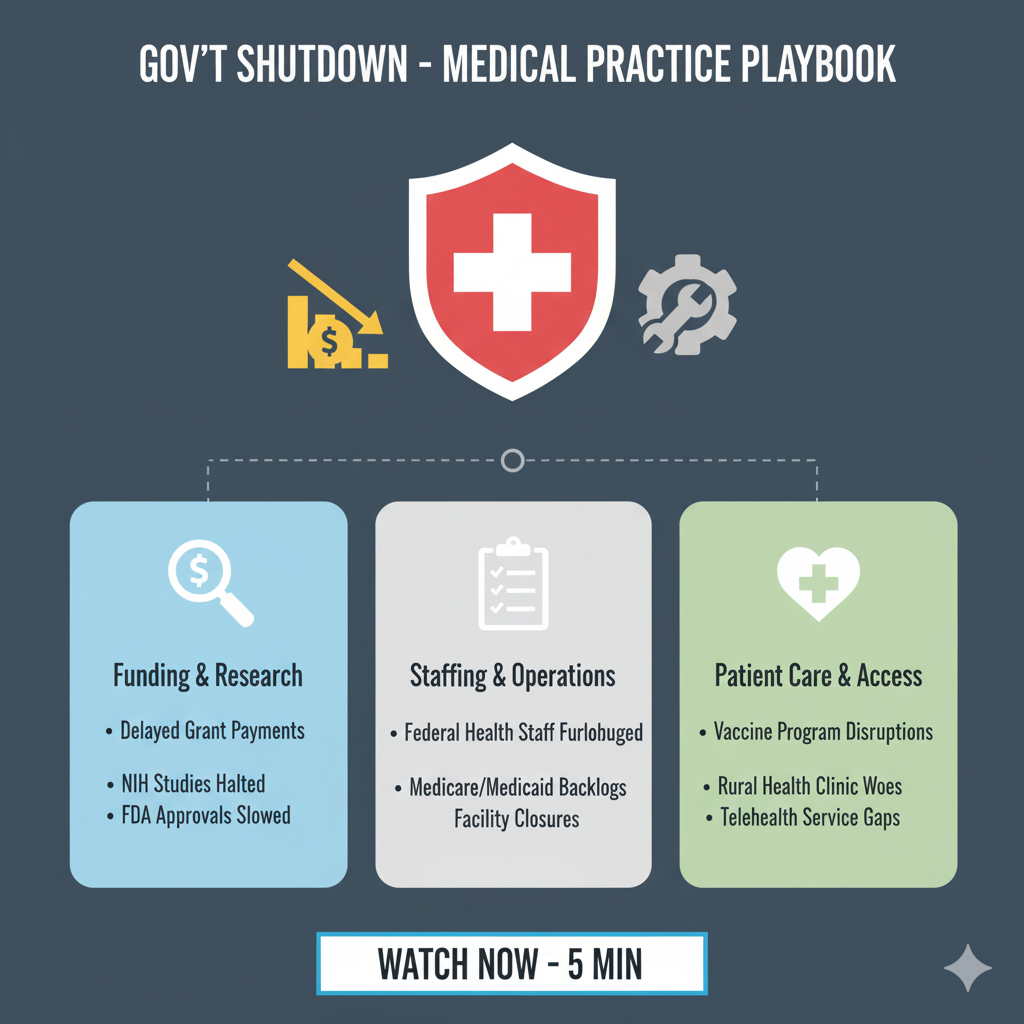Healthcare is a complicated field. For providers and decision-makers on the business side of things, complex billing and fee structures are just one more concern to deal with. Now, the widespread shift to Telehealth services has many providers reassessing how they charge for treatment.
The rise in Telehealth services has forced a re-examination of all things medical. Understand what this means for fees and billing and how your organization might go about managing the transition effectively. Telehealth is changing the industry, so find out if your fees should reflect this change.
The Rise in Telehealth
While Telehealth services have been around for some time, it took the COVID-19 pandemic for people to truly realize their value. As social distancing orders and business shutdowns went into effect around the world, health care providers pivoted where possible to offer virtual treatment through smart devices. These telemedicine services included everything from mental health counseling to diagnostic screenings.
From September 2019 to September 2020, the percent of claim lines for Telehealth on insurance records went up by 2980%. The use of the eClinicalWorks telehealth platform increased by a factor just shy of 50!
The virtual shift prompted the sudden awareness of what Telehealth had to offer, and it came at the perfect time as far as technology was concerned. Modern healthcare technology includes 5G Wireless connectivity, Internet of Medical Things (IoMT) devices, patient monitors, data systems, and more. Meanwhile, it's more common for patients to have smart devices with high-quality cameras that can act as a stand-in for a face-to-face visit.
Businesses are increasingly recognizing the benefits of these tools and practices. They've seen the value of the Telehealth industry rise to $62.45 billion at a 26.5% annual CAGR. To tap into this rapidly growing market, all kinds of companies are now re-evaluating their virtual services. Even digital giants like Amazon have joined the game, offering their own brand of Telehealth to their customers.
But with the rise in Telehealth comes a renewed need to evaluate the financial management of your healthcare organization. Current issues abound in the way healthcare institutions navigate their finances as they readjust to the tools and practices of the day. The transition to a value-based payment model, the growing influence of consumers and owning their care, and the impact of new regulations all will change your approach to healthcare finance. Don't neglect the monumental influence of Telehealth as you reassess your future financial strategy.
How Telehealth Changes Fee Structures
But you're probably wondering, how exactly do Telehealth services change healthcare system fees and why are these fees the priority?
The truth of the matter is that the COVID-19 pandemic had a significant financial impact on the average medical practice. Estimates suggest that physicians nationwide experienced a drop in revenue of around 32% for 2020. Meanwhile, the number of patient visits—a major source of revenue—still hasn't recovered even when considering the rise in Telehealth services.
What this has meant for the healthcare industry is a significant loss in value as care providers pivot to the future of medical services. Care providers were prepared for in-person visits at a routine rate—not a pandemic and a large-scale virtual transition. Government programs have in some instances subsidized Telehealth services by charging them as in-person visits; however, care providers can't expect these subsidies to last forever.
Instead, rates can and should reflect the ways in which providers are treating patients. Flexible care options should equate to flexibility in the ways patients pay for therapy, with discounts and sliding scales available for Telehealth services. Since these services require different resources, it only makes sense for pay scales to change accordingly. However, accommodating these options flexibly will likely mean reorganization.
Care providers will have to transition their facilities, staff, and resources if they hope to maximize the potential and viability of Telehealth. Here’s how healthcare system fees and administrations can better reflect the rise in Telehealth and the democratization of the health service sector:
- Pivot to value-based payment structures with the help of accountable care organizations (ACOs).
- Restructure staffing and facility to better reflect the change in services and volume.
- Develop dynamic budgeting models with rolling forecasts of growth and cost changes.
- Pass cost-savings on to patients.
- Encourage agility and cost-efficiency across fee structures.
In short, Telehealth makes healthcare simpler and more accessible. It should do the same with your fee structures. Unfortunately, however, the highly bureaucratic, complicated system that we have can make simplification difficult. To change with the times, you will need to develop a new organizational workflow from staffing needs to scheduling. Data management and analytics tools can help inform this process, allowing you to continuously forecast and automate financial processes.
Integrating technological efficiency with accessible Telehealth services can then help cut the cost of integrating Telehealth which can, in turn, allow you to pass savings on to your patients. This creates circular potential for developing more accessible healthcare, treating more patients, and earning more revenue.
Changing with the Times
The healthcare system can and should be altered to reflect the rise in Telehealth. This includes the ways we handle fee structures and payment options. The simple fact is that Telehealth can create savings for care providers and patients alike. You can then pass the savings on to patients through fees that reflect the difference. As a result, the popularity and viability of Telehealth will continue to improve.
However, making these changes efficiently will require you to change with the times. Start with dynamic budgeting and financial software tools to help you transition effectively.
---
Amanda Winstead
Amanda Winstead is a writer from the Portland area with a background in communications and a passion for telling stories. Along with writing she enjoys traveling, reading, working out, and going to concerts. If you want to follow her writing journey, or even just say hi you can find her on Twitter.
ECLINICALWORKS SOLUTIONS
The Easiest Way to eClinicalWorks Optimization
Request a FREE eClinicalWorks database setup analysis
and learn more about eClinicalWorks' industry leading Telehealth platform










